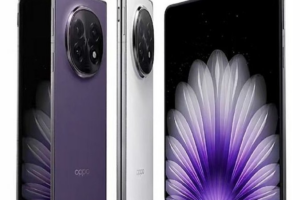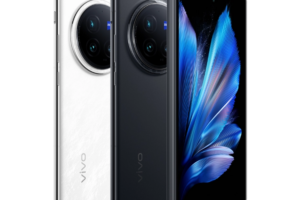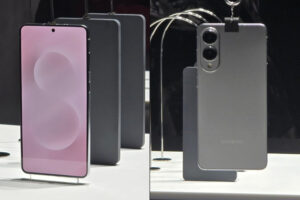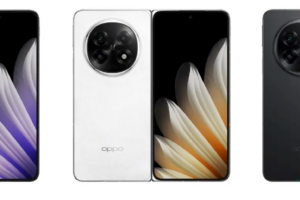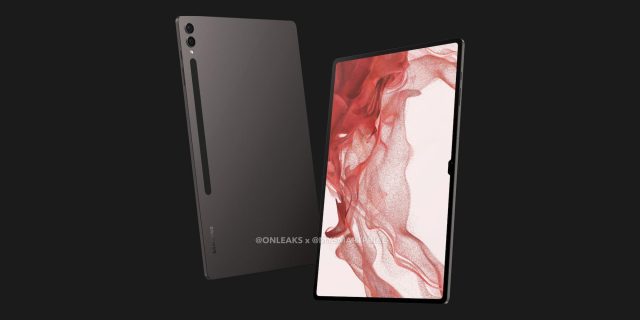The Samsung Galaxy Note 10.1 and the Samsung Galaxy Tab 10.1 are two tablets manufactured by the Korean company Samsung. Presented below is a comparison about the features between the two tablets.
The Samsung Galaxy Tab 10.1 is the older model which was launched in June 2011 at the price of $ 499. The Samsung Galaxy Note 10.1 is one of the latest tablets from the Samsung stable. It was launched in August 2012 and is available for a price of $ 499.
The Display:
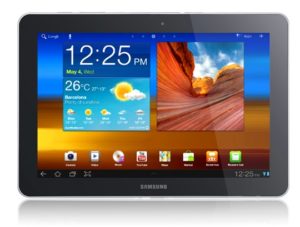
- The Samsung Galaxy Tab 10.1 has a TFT touch screen display and measures 10.1 inches. It comes with a resolution of 1,280 x 800 pixels. Some of the display features include ambient light sensor, additional display support and proximity sensor.
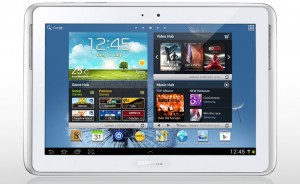
- The Samsung Galaxy Note 10.1 is also equipped with a TFT touch screen display that has a screen resolution of 800 x 1280 pixels. All the above mentioned additional display features are also present in this new tablet. It may also be noted that the pixel density on the Note 10.1 is only 149 PPI. There are many tablets in the market that have better pixels per inch ratios, such as the ASUS Transformer Prime Infinity which comes with 224 PPI, the iPad 3 with 264 PPI, and the Google Nexus 7 which comes with 216 PPI. As compared to these tablets, the display on the Samsung Galaxy Note 10.1 is less vivid and crisp.
The Media Features:
- The video playback features on the Samsung Galaxy Tab 10.1 include full HD video playback of 1080 pixels @ 30fps, and the video codecs: WMV9, WMV7, MPEG4, H.264, Xvid, H.263, DivX, and VP8. The supported multimedia features include DLNA, graphics accelerator, GPS, navigation, microphone, HD playback, and video recording. The various audio formats that are supported include MP3, AAC, AAC+, WMA, eAAC+, and RA.
- The video playback features on the Samsung Galaxy Note 10.1 include 1080 pixels full HD video playback in 1280 x 800 screen @ 30 FPS; and the video codecs: Mpeg4, H.264, VC-1, H.263, Divx, WMV7/8, and VP8, as well as the Sorenson Spark Format: 3gp (mp4), avi (divx), wmv (asf), mkv, webm and flv. The different supported audio formats inlcude MP3, WMA, OGG (vorbis), AAC/AAC+/EAAC+, FLAC, and AC-3; and the Sounds: AMR-NB/WB, MID, WAV, XMF, iMelody, RTTTL/RTX, SP-MIDI and OTA. The multimedia features supported are the same as discussed above for the Tab.
The Connectivity Features:
- The Samsung Galaxy Tab 10.1 has the following options for wireless connectivity, i.e., 3G internet, 4G internet, Bluetooth 3.0 and Wi-Fi. Its wired capabilities include connectivity via USB. It also comes equipped with a 3.5 mm headphone connector.
- The Samsung Galaxy Note 10.1 has all the above listed connectivity options. However, as instead of Bluetooth 3.0, it comes equipped with the advanced Bluetooth 4.0 version. Samsung has currently released only the 3G and Wi-Fi versions of the Note 10.1 and has stated that the LTE compatible versions will be launched later in the year.
The Operating System and other features:
- The operating system on the Samsung Galaxy Tab 10.1 is the much older Android 3.0 Honeycomb OS that is quite slow as compared to the Android 4.0 Ice Cream Sandwich OS that is available with the Samsung Galaxy Note 10.1.
- The newer OS gives a crisper and cleaner look to the screen. The various new additions to the software include a much improved onscreen keyboard that makes for easier typing of Facebook status and long emails, easier sharing of video clips, a dedicated portal for music, books and videos as well as a new notifications menu. The new OS is also not overly customized by the tablet manufacturer, which makes it quite user friendly. The best part about the Note 10.1 is the presence of a new pressure sensitive stylus that is capable of recognizing a number of pressure levels. It is called the S-Pen which when used with supported apps is simply a magical experience. This unique accessory makes for faster writing of notes on Samsung’s S Note app and easier editing of photos via the S-Pen optimized Photoshop Touch app. Also, the ‘Multiscreen’ feature which allows a user to view and work on several screens at the same time, adds that new multitasking option, still unavailable on other tablets.
The Internal Hardware and other technical details:
- The Samsung Galaxy Tab 10.1 comes with a Dual Core 1GHz dual-ore Nvidia Tegra 2 Processor that clocks 1 GHz. It has 1 GB of RAM. It comes with 16 GB of internal storage with no option for external data storage. It measures 6.90″ x 10.10″ x 0.33″ and weighs 1.24 pounds.
- The Samsung Galaxy Note 10.1 is powered by the Exynos 4212 quad SoC along with a 1.4GHz quad-core Cortex A9 processor and a Mali-400MP GPU. It has 2 GB of RAM. It also has 16 GB of internal storage space, but unlike the tab has a slot for a microSD card. It measures 262 x 180 x 8.9 mm and weighs 1.31 pounds or 597 grams. Both the tablets come with a 7,000 mAh battery. However, due to the more powerful processor, the battery life on the Note 10.1 lasts for only 8 hours as compared to the 10 hours of battery life provided by the Galaxy Tab.
The Camera:
- The Samsung Galaxy Tab 10.1 comes with a 3 megapixel rear camera and a 2 megapixel front camera, while the Samsung Galaxy Note 10.1 has a 5 megapixel rear camera and a 1.9 megapixel front facing camera. The camera on both the models are equipped with flash and autofocus with a maximum video capture resolution of 720 pixels.
